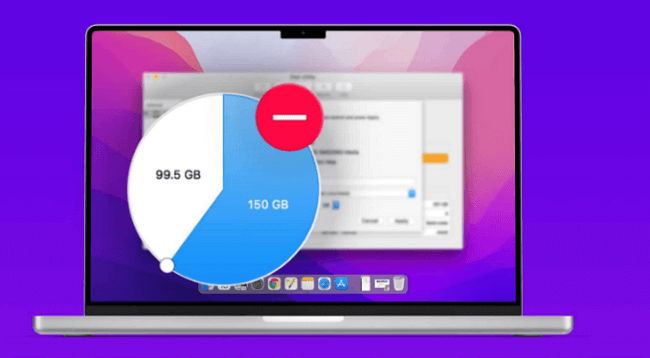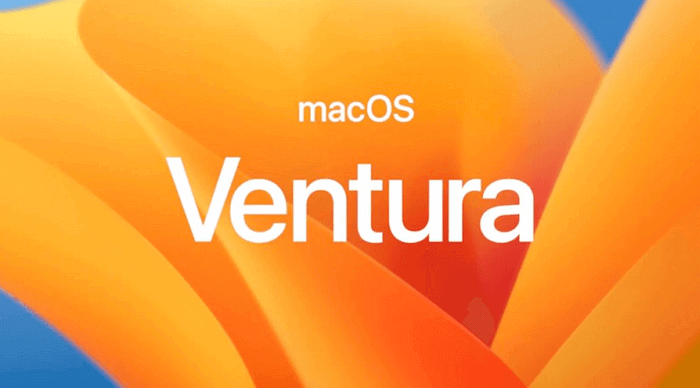Many people know MP4 videos, but have you ever heard of video files of M4V? This post is to introduce you to what M4V is and to guide you on how to recover deleted M4V files on the computer.
What is M4V?
M4V video file format was developed by Apple, which is similar to the MP4 format that we often watch. An M4V file with the file extension MPEG-4 is sometimes called an iTunes video file.
But the difference to MP4 is that the M4V video file is protected by Apply’ FairPlay, which is called DRM (Digital Rights Management.) This technology limits M4V use only on the Apply products, such as iPhone, iPad, iTunes, etc.
Now, the M4V file format is getting more and more popular on the internet due to its profound performance on compression and bandwidth.
How to open M4V files on a computer?
You can only play a M4V video after you are authorized to do so. The very first thing you do is need iTunes to log in to the same account that bought the video (these DRM protected videos can be played on the iPhone, or iPad that used to buy these videos as well.)
If you want to play on a Windows computer or Linux computer. You can use VLC, Miro. Or, you can use MPlayer, QuickTime, Windows Media Player, or other media tools.
If you use a Mac, the process is the same to use Elmedia Player to play an M4V video file.
Or, you can use Google Drive, it supports the format too (no matter what system you are using, Google Drive could always work.)
The Last option, you change the extension from M4V to MP4, since the two formats are similar, you can open it in a random media player.
How to Convert an M4V File
The best choice is to use a free converter converting M4V to MP4. You can use Any Video Converter, VLC, etc. There are many options in the market. You can just choose the one you like. Here, we take VLC as an example to show you how to convert the M4V video file ( as all the converters have almost the same process.)
Step 1: Launch VLC Player.
Step 2: Click the Media > click on the Convert/Save option
Step 3: Click Add > Select the M4V video file you want to convert
Step 4: Go to Profile > Select the format you wish to convert the M4V file (like MP4, AVI, MOV, etc.)
Step 5:Click the Browse option > choose Destination file > press Start.
If you do not want to download the convertors to your computer, here’s another option. You can use some online tools like FileZigZag, Freeconvert Convertor, and Zamzar. These are free online tools that do not require you to download them. They can transfer your M4V video to MP4, and also, they can also transfer to AAC、FLAC, and WMA formats, etc.
How to deal with M4V file corruption
M4V video files are often corrupted. Here are some common symptoms and reasons for your reference.
Symptoms of Corrupt M4V video file
- The video can not be played/opened
- Audio-video desynchronization
- Missing or distorted visuals
- M4V video file crashes
- Incomplete video content
Reasons for M4V video file corrupted
- Faulty/interrupted file transfer
- Storage device issues
- Improper conversion
- Media Software failure
- Improper download
- File read and write errors
- Compression issues
How to fix a corrupted M4V video file
It is better to use M4V repair tools to fix your corrupted M4V video files cause the tools are simple to use with a few steps. For example:
Use Remo Repair M4V Software
Step 1: Download and install Remo Repair M4V Software > Run the software
Step 2: Click on “Browse” to select the M4V file that needs to be fixed
Step 3: Click on “Repair” to start the repair process
Step 4: Preview the result.
Step 5: Save the fixed M4V video file to a new location.
Use Rescue digital media
Step 1: Download and install it > Run the software
Step 2: Click Add File to add the video you want to fix.
Step 3: Click on “Repair” to start the repair process
Step 4: Click Repair to start.
Step 5: Save the fixed M4V video file to a new location.
Tips to prevent M4V video files from corruption
- Use reliable and safe download sources on the internet
- Use reliable and safe conversion tools
- Update the software and driver
- Use antivirus software
How to deal with the deletion of M4V files?
When you accidentally delete the M4V video files or the files are lost due to system problems, virus infection, and other reasons, we can use the following ways to retrieve them.
Recover from a recovery software
Use ONERECOVERY
ONERECOVERY is now a free tool that you can use anywhere, anytime to get your M4V video file back. Plus, ONERECOVERY can recover video in other formats, as well as documents, emails, audio, etc. on multiple devices. It is intuitive, simple, and effective. You can click here to download it. Here are the steps of how to use it.
Step 1: Launch ONERECOVERY > Choose the file location to scan.
Step 2: Preview the results > choose the file you want to recover
Step 3: Save the file to a new place.
Restore from a Recent Files folder
This option is not always foolproof, but you can have a try.
Step 1: Press Windows + R to open run dialogue.
Step 2: Type recent in the bar > press OK.
Step 3: Click on the file that you want to restore (a dropdown menu will come up) > select Restore previous versions.
Tips to Avoid M4V File Loss
- Backup is always one thing that needs to be stressed
- Use antivirus software
- Switch to an uninterruptible power supply
Related Posts
How to recover corrupted video files?
How to Recover Deleted Videos from Any Device
How to Recover a Deleted YouTube Video?
How to Recover Deleted or Lost Videos – Full Guide in 2023
Frequently Ask Questions
Is M4V better than MP4?
MP4 supports more wider range of sharing on the devices and streaming. M4V is more suitable for use on Apply products. When it comes to compatibility, MP4 is probably better.
Are MP4 files smaller than M4V?
MP4 and M4V are in no large difference. It depends on the video content, codec, bit rate, resolution, etc.
Why M4V Video Can Not Be Played?
There are many reasons such as,
Faulty/interrupted file transfer
Storage device issues
Improper conversion
Media Software failure
I’m a tech enthusiast specializing in computer repair and data processing. Outside of fixing gadgets, I love penning articles on computer science. Currently, I’m diving deep into AI and data recovery tech. I’m all about staying on top of the latest in these fields. Excited to bring my passion and skills to the table and collaborate on cool projects!







